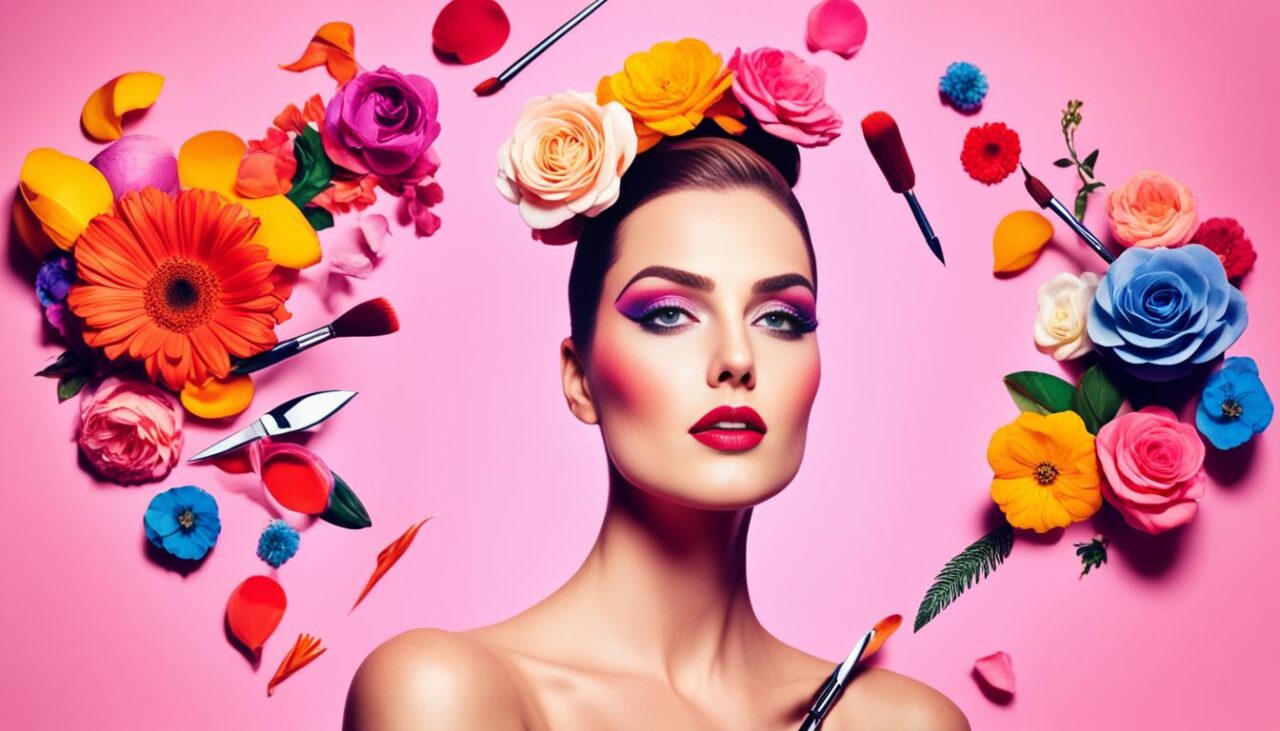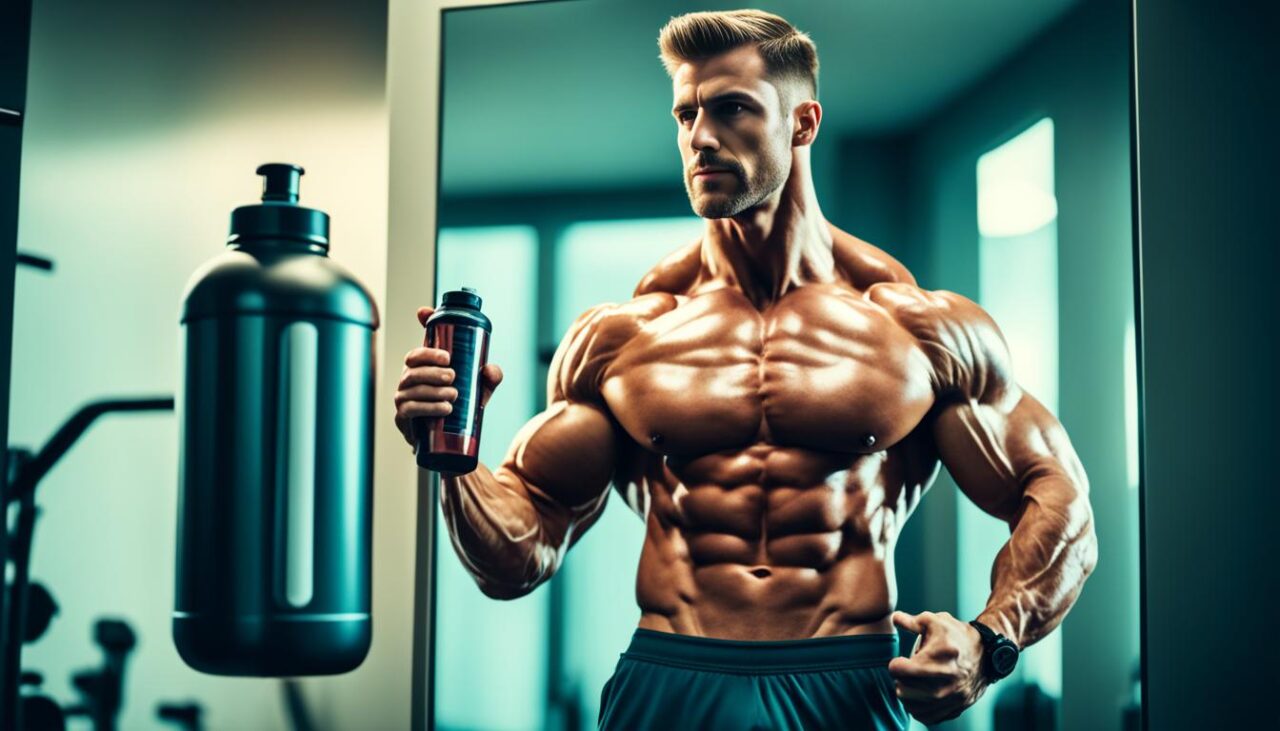In today's media-dominated world, beauty norms play a significant role in shaping societal expectations and individuals' self-perception. With a particular focus on the gender perspective, this article explores the influence of media beauty norms and their impact on our lives.
From magazines to social media platforms, the media bombards us with images of what is considered beautiful. These beauty ideals are often unrealistic and set unattainable standards that can lead to dissatisfaction or low self-esteem. By examining how the media shapes beauty ideals, we can better understand the effects these norms have on our well-being.
Gender plays a crucial role in the context of beauty norms. Society perpetuates certain expectations and ideals of beauty based on gender, creating a binary division of feminine and masculine attributes. The media tends to portray femininity in a particular light while enforcing narrow definitions of masculinity. These representations can have profound impacts on individuals' self-perception and body image, reinforcing societal pressures.
It is essential to recognize the importance of diversity and inclusion in media beauty norms. By promoting a wide range of body types, ethnicities, and gender identities, we can challenge traditional notions of beauty and foster a more inclusive society. Embracing diverse representations not only benefits individuals' self-perception but also contributes to a more accepting and inclusive society as a whole.
In the following sections, we will delve further into the role of media in shaping beauty expectations, explore the portrayal of masculinity norms, and discuss ways to foster diversity and inclusion in media beauty norms. By understanding the impact of media beauty norms from a gender perspective, we can pave the way for positive change and empower individuals to embrace their unique beauty.
The Role of Media in Shaping Beauty Expectations
In today's society, media plays a significant role in shaping our beauty expectations. The portrayal of beauty in various forms of media, including advertising, television shows, and social media platforms, influences our understanding of what is considered attractive. These media depictions often present a narrow and unrealistic standard of beauty, which can have profound effects on individuals' self-esteem and body image.
The influence of media on beauty expectations extends beyond physical appearance and encompasses gender roles and femininity. Media representations often perpetuate traditional gender stereotypes and reinforce societal expectations. Women are frequently portrayed in ways that emphasize their physical attractiveness and adherence to conventional feminine traits. These representations can limit women's autonomy and reinforce harmful beauty ideals.

Furthermore, the media's incessant focus on appearance and beauty can create a damaging cycle of comparison and self-doubt. When individuals are constantly exposed to unrealistic beauty standards, they may feel pressured to conform to these ideals, leading to dissatisfaction with their own appearance and a negative self-perception.
“The media's influence on beauty expectations is profound. It shapes our perceptions of what is beautiful and molds our understanding of femininity and gender roles.” – Dr. Sarah Johnson, Psychologist
It is crucial to critically analyze the messages conveyed by the media and recognize the potential consequences of these beauty expectations. By challenging these unrealistic standards and promoting diverse representations of beauty, we can foster a more inclusive and empowering media landscape.
The impact on individuals and society
The media's influence on beauty expectations can have far-reaching effects on individuals and society. Unrealistic beauty standards can lead to a range of negative consequences, including low self-esteem, poor body image, and even mental health issues such as depression and eating disorders.
Moreover, the perpetuation of traditional gender roles and idealized femininity can limit opportunities for women and reinforce inequality in various aspects of life, such as employment and personal relationships. By recognizing the role of media in shaping beauty expectations and challenging these norms, we can contribute to a more inclusive and equitable society.
Masculinity Norms and Media Representation
In today's media landscape, the portrayal of masculinity norms plays a crucial role in shaping societal expectations and influencing gender roles. Men are often presented with specific ideals of masculinity through various forms of media, including advertisements, movies, and television shows. These representations can have significant impacts on individuals' self-perception and the pressures they face in conforming to traditional notions of masculinity.
Media influence on masculinity norms can perpetuate unrealistic expectations, such as the idea that men should be physically strong, emotionally stoic, and dominant. These ideals can lead to feelings of inadequacy and contribute to harmful behaviors, such as aggression and toxic masculinity. The media also tends to reinforce gender stereotypes, limiting the diversity of male experiences and failing to represent the full range of gender identities.

However, there is a growing recognition of the importance of diversity and inclusion in media to challenge traditional masculinity norms. By featuring a wider range of male experiences, showcasing different body types, and embracing diverse gender identities, media can promote more inclusive and positive representations of masculinity.
It is essential to move away from the narrow and limiting portrayal of masculinity and embrace a more expansive definition that celebrates individuality and authentic expression. Media has the power to shape societal norms, and by promoting diversity and inclusion, it can create a culture that respects and empowers all individuals, regardless of their gender.
Fostering Diversity and Inclusion in Media Beauty Norms
In today's society, diversity and inclusion are crucial elements when it comes to media representation and gender equality. It is important to recognize the power that media holds in shaping societal norms and expectations, particularly in the realm of beauty standards. By promoting diversity and inclusion in media beauty norms, we can contribute to a more inclusive and representative society.
One key aspect of fostering diversity and inclusion in media beauty norms is the representation of a wide range of body types. By featuring individuals with different body shapes and sizes, media can challenge the prevailing notion that there is only one ideal body type. This can have a profound impact on individuals' self-perception, as it allows them to see themselves represented and accepted, regardless of their size or shape.
In addition to body diversity, media should also strive to represent a variety of ethnicities and gender identities. By showcasing individuals from different cultural backgrounds and gender expressions, media can challenge stereotypes, break down barriers, and promote inclusivity. This representation not only allows for a more accurate reflection of society but also opens up opportunities for individuals from marginalized communities to see themselves represented positively.
The societal impact of promoting diversity and inclusion in media beauty norms is significant. By showcasing diverse beauty standards, media can shift societal expectations and redefine what is considered beautiful. This can help reduce the pressure on individuals to conform to narrow beauty ideals and, instead, embrace their unique characteristics. Moreover, it sends a powerful message that beauty comes in many forms and is not limited to a singular definition.







